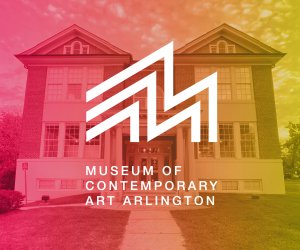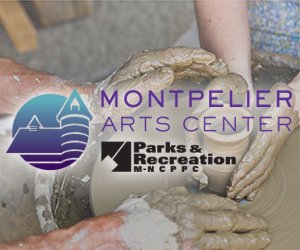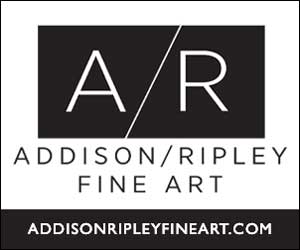
Skyline Ink Animators + Illustrators, designers. Project for Rhododendron Chapel for Mr. E.J. Kaufmann,1952, digital illustration, 2021. This image was prepared with material kindly made available by the Frank Lloyd Wright Foundation. Courtesy of Western Pennsylvania Conservancy. All rights reserved.
The National Building Museum recently opened “Frank Lloyd Wright’s Southwestern Pennsylvania,” an exhibition co-organized by The Westmoreland Museum of American Art and Fallingwater, a property entrusted to the Western Pennsylvania Conservancy. The exhibition is curated by Scott W. Perkins, Sr. Director of Preservation and Collections, Fallingwater, and Jeremiah William McCarthy, Chief Curator, The Westmoreland Museum of American Art. The exhibition will be on view through Monday, March 17, 2025.
Frank Lloyd Wright’s Southwestern Pennsylvania is a journey into the famed architect’s mind, articulating—for the first time—his broader creative vision. Presenting both realized and unrealized projects Wright designed for the region from the 1930s through the 1950s, the exhibition examines how his vision of the future might have impacted urban, suburban, and rural landscapes.
Realistic animated films, created by Skyline Ink Animators + Illustrators, provide, for the first time, a virtual exploration of five unrealized Wright projects for Southwestern Pennsylvania. These include a monumental reimagining of the Point (1947), a self-service garage for Kaufmann’s Department Store (1949), the Point View Residences designed for the Edgar J. Kaufmann Charitable Trust (1952), the Rhododendron Chapel (1952), and a gate lodge for the Fallingwater grounds (1941). Using three-dimensional rendering technology to choreograph camera paths and to shape lighting to produce the same type of visual effects used in the film industry, Skyline Ink’s resulting animations will be presented throughout the exhibition to provide a multimedia experience. A viewing theater will envelop visitors to show an expanded film of the three unrealized Pittsburgh designs. To further engage the senses, the film will feature an accompanying musical score by Daniel May with Marty Ashby and produced by MCG Jazz. Viewers will take a journey into Wright’s creative mind, exploring architecture from an artistic perspective, with emphasis on his intended materials, textures, light and shadow.
“We are thrilled to have Frank Lloyd Wright’s Southwestern Pennsylvania on view at the Museum,” said Aileen Fuchs, president and executive director of the National Building Museum. “We feel fortunate to have a new window into the mind of this legendary architect. By presenting both realized and unrealized projects, the exhibition encourages visitors to consider ‘what might have been.’ This aligns beautifully with the Museum’s institutional Pillars, most notably the pillars of Wonder and Innovation. We hope it sparks curiosity and a better understanding of the impact architecture can have on urban, suburban, and rural landscapes.”
The exhibition also explores the involvement of key individuals, such as Edgar J. Kaufmann, Sr. in Frank Lloyd Wright’s projects in the region. Kaufmann played a pivotal role by introducing Wright to Pittsburgh in 1934 and advocating for his participation in various civic projects. The Allegheny Conference on Community Development (ACCD) is also explored, highlighting its efforts to improve Pittsburgh through cultural initiatives, housing, and addressing urban challenges like traffic and parking. Kaufmann was a key player on the ACCD planning committee and enlisted Wright’s advice, specifically in the revitalization of downtown Pittsburgh.
Additionally, 3D models, architectural drawings, and historical photographs, further contextualize the animations of Wright’s unrealized projects.


















